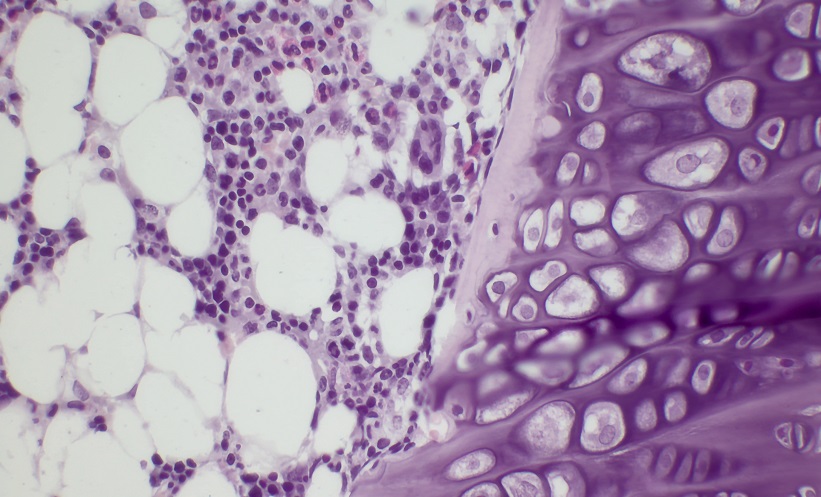A recent study has uncovered key risk factors for measurable residual disease (MRD) positivity in patients with acute myeloid leukaemia (AML) following allogeneic stem cell transplantation (allo-SCT). The research, which tracked 478 AML patients, revealed that MRD positivity after transplantation was linked to several pre-transplant factors, including pre-SCT MRD status, active disease, and the European LeukemiaNet (ELN) 2017 risk stratification.
The study showed that the cumulative incidence (CI) of MRD positivity at 100 days, 360 days, and 3 years post-SCT was 4.6%, 12.1%, and 18.3%, respectively. Notably, patients with positive pre-SCT MRD and active disease were significantly more likely to experience MRD positivity at both 360 days and 3 years (P < 0.001). The ELN 2017 risk stratification was also identified as a risk factor for MRD positivity at 360 days (P = 0.044).
Using these factors, the researchers developed a scoring system to predict MRD positivity at 360 days. The scoring system demonstrated a clear gradient in risk: the CI of post-SCT MRD positivity at 3 years was 13.2%, 23.7%, and 43.9% for patients with scores of 0, 1, and 2, respectively (P < 0.001). Multivariate analysis further confirmed that higher scores correlated with an increased likelihood of leukaemia relapse and poorer survival outcomes.
These findings suggest that pre-SCT MRD status, active disease, and ELN risk stratification can help identify patients at higher risk for MRD positivity after stem cell transplantation, potentially guiding more targeted post-transplant monitoring and treatment strategies.
Reference
Li SQ et al. Pretransplantation risk factors for positive MRD after allogeneic stem cell transplantation in AML patients: a prospective study. Bone Marrow Transplantation. 2024.







